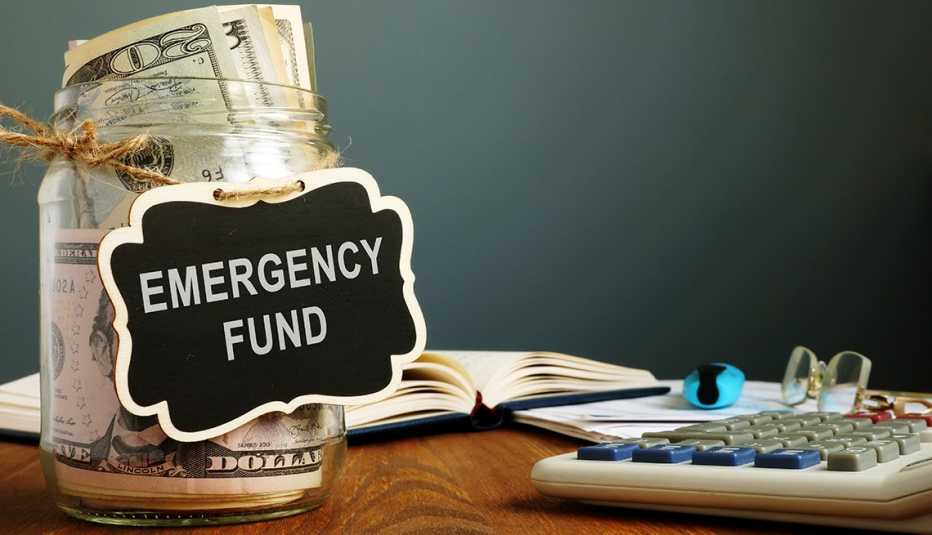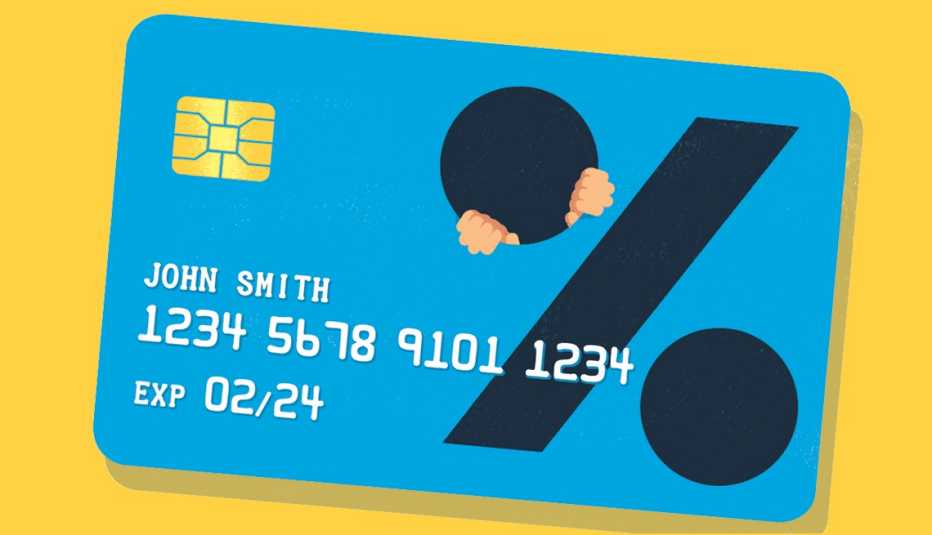Staying Fit
Your fridge isn’t freezing, your car isn’t running, you suddenly aren’t working. It can be hard to deal with just one costly event, not to mention several all at once. Yet stuff like this happens every day. Life can be tough — but much easier if you have a cash reserve to cover unexpected expenses.
“Emergency funds are incredibly important because it keeps people from running up credit card debt or pulling money out of retirement accounts to pay for things, both of which can be devastating to your finances,” says Matt Stephens, a certified financial planner (CFP) at AdvicePoint LLC in Wilmington, North Carolina.
During what he called “the year that everything broke,” one of his clients had to repair or replace his lawn mower, irrigation system, garage door, washing machine, garbage disposal, microwave and refrigerator. The client's wife also had major surgery, with out-of-pocket expenses over $10,000. “Fortunately, they had a fully funded emergency fund, so they were annoyed, but not devastated.”


AARP Membership— $12 for your first year when you sign up for Automatic Renewal
Get instant access to members-only products and hundreds of discounts, a free second membership, and a subscription to AARP the Magazine.
“It’s not a matter of if something will go wrong, but when,” says Thomas Scanlon, a CFP at Raymond James in Manchester, Connecticut. “But if you know that you have money in the bank, you won't be up all night worrying.”
Lessons from the pandemic
The effects of COVID-19, fires in the West and hurricanes in the East have further underscored the need for a cash stash. According to a June 2020 survey by the U.S. Census Bureau, most of the adults who received a stimulus check from the federal government say they used it, or intend to use most of it, for basic household expenses such as food, rent, mortgage payments and utilities.
What’s more, an emergency fund can help folks stay the course when the markets drop precipitously, as they did the in spring 2020, says Bradley Lineberger, a CFP at Seaside Wealth Management in Carlsbad, California: “Instead of selling your wonderful investments at fire sale prices during bear markets, you can dip into your reserves to get by. You can let your stock investments recover and continue growing.”
Yet, according to a survey by Bankrate.com released in July, only 44 percent of Americans have enough savings to cover three or more months’ worth of expenses. What’s more, 25 percent say they have no emergency fund at all, up from 21 percent in 2020. And 51 percent of those polled by Personal Capital, a financial website, say that having a rainy day fund is a greater priority than it was before the pandemic.
Still, with multiple demands on your income, you may be wondering how to create a cushion, or add to the one you have. Good question. AARP asked financial planners from around the country for their advice and best tips for finding the money.



































































